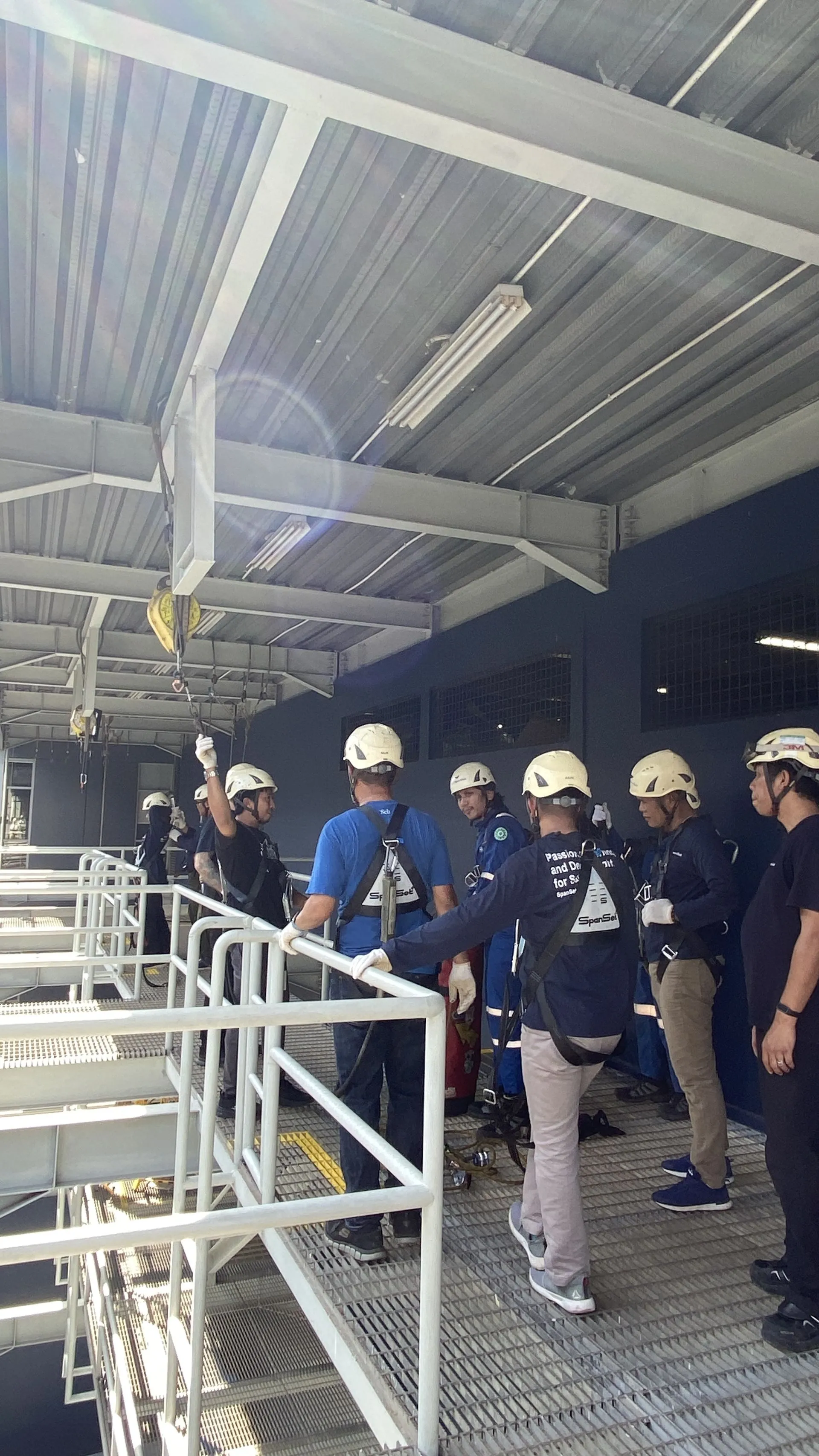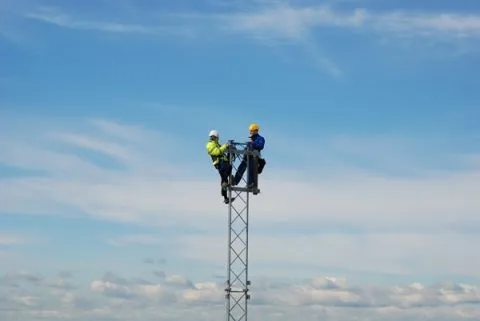
Securing Heights: Identifying Hazards in High-Altitude Workplaces
Working at heights is often challenging, and a deep understanding of potential hazards is crucial to creating a safe and productive work environment. However, many people recognize these potential hazards and then plan what to do if they occur.
How can you identify hazards when working at height and manage them effectively? This article will provide you with some methods or steps to identify these hazards.
Steps to Identify Hazards in High-Altitude Work
There are several things you should consider to reduce risks when working at heights, including bringing the right equipment:
Terrain and Environmental Conditions
- Topography Analysis: This aspect assesses the slope and potential changes in the work terrain at heights.
- Extreme Weather Factors: Even if the weather seems fine, you should still identify the impact of strong winds, heavy rain, or other extreme weather conditions that may occur.
Equipment and Material-Related Risks
After researching and identifying the work terrain and surrounding environment, the next steps include:
- Selecting Work Tools: Evaluating whether the chosen tools are appropriate for tasks at heights.
- Equipment Inspection: Ensuring that all equipment and safety gear are in good condition and meet safety standards.
Health and Physical Condition of Workers
The health and physical condition of workers should also be considered. What steps should be taken?
- Health Condition Evaluation: Ensuring that workers assigned to high-altitude tasks are in good physical and health condition.
- Fatigue Management: Strategies to manage worker fatigue, which can affect concentration and performance.
Managing Wind and Air Pressure Risks
This is also important to identify beforehand. Why? Because the wind and air pressure on the ground differ from those at heights. What should be done?
- Understanding Strong Winds: Assessing the risk of strong winds and how to manage them.
- Air Pressure Measurement: Strategies to handle changes in air pressure that can affect workers at heights.
Additional Hazards in the Work Environment
Lastly, additional hazards that may occur should be identified. How can this be done?
- Identifying Additional Potential Hazards: Reviewing risks such as animal attacks, poisonous vegetation, or other environmental hazards.
- Structure and Foundation Evaluation: Ensuring the strength and stability of the high-altitude work structure.
Conclusion
Identifying hazards in high-altitude workplaces requires a holistic approach. With a deep understanding of terrain conditions, equipment, and environmental risks, companies can implement effective strategies to ensure the safety of workers at heights. By applying these steps, high-altitude workplaces can become safer and more productive environments. Want to learn more about what you read this time? Join high-altitude worker training (TKPK) or high-rise building worker training (TKBT) at SpanSet Indonesia.
How to get involved? You can email [email protected] or [email protected] for more information on understanding Hazard Identification in High-Altitude Workplaces and the equipment that can be used.
For further consultation about SpanSet Indonesia products and services, please contact us via email at [email protected] or WhatsApp
To find specification detail and prices of SpanSet Indonesia Products, please visit SpanSet Indonesia Marketplace on Tokopedia and Shopee.

